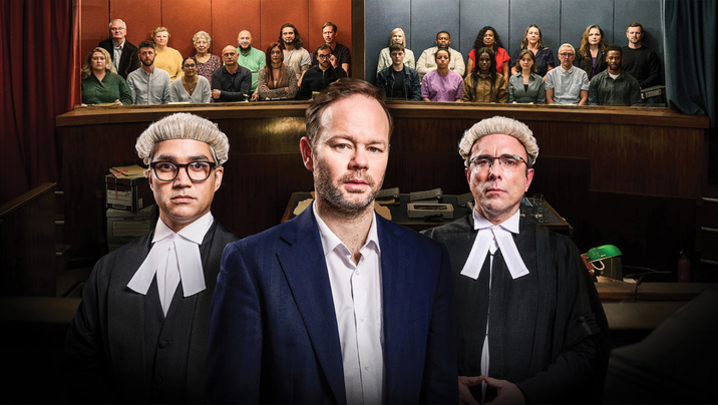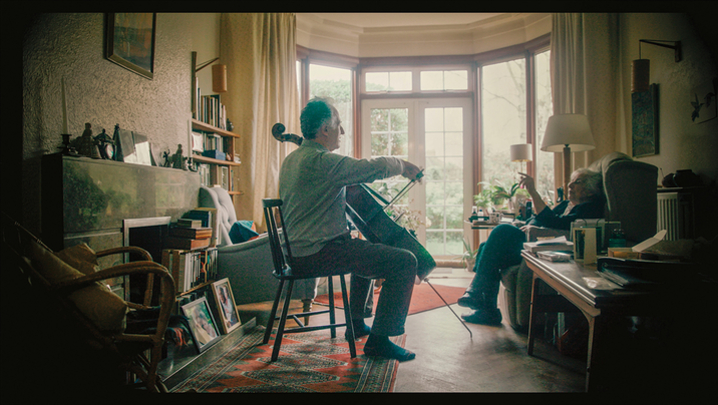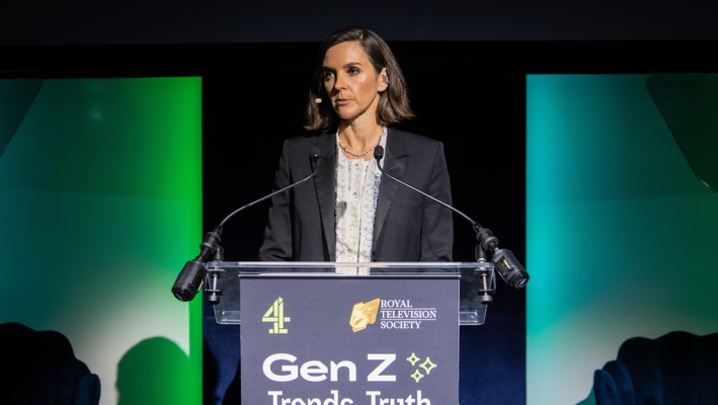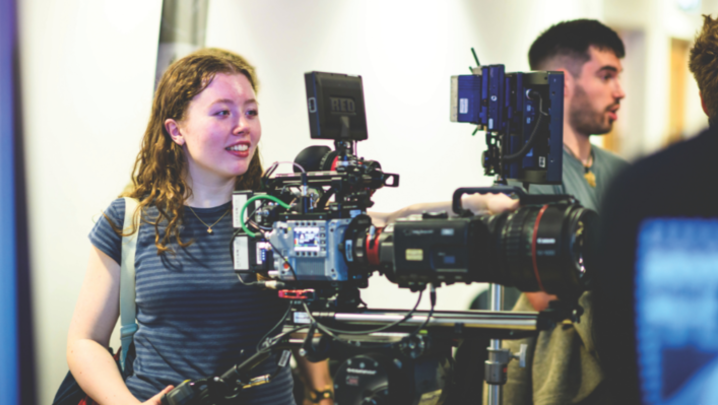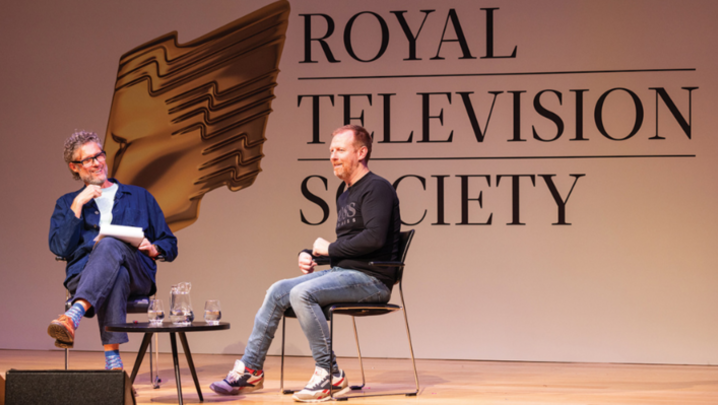From Glastonbury to Glyndebourne, putting live music on television is challenging.
TV doesn’t lend itself naturally to music events – it always looks great but getting the audio right can be hard work.
Last month, the University of Surrey – home to the renowned Music and Sound Recording (Tonmeister) audio degree course – welcomed the RTS Technology Centre and students from several universities to meet expert sound engineers Mike Hatch, Mike Felton and Tudor Davies.
Their TV credits include Later… with Jools Holland, Eurovision and the Brit Awards, as well as Glastonbury and BBC Proms in the Park.
Live television with multiple bands can be a tricky proposition. Logistics and detailed planning are important because events are unpredictable. Microphones get in the way of cameras or lights; cables can be messy and obstruct cameras and artists.
Live audiences are wonderful on camera and directors usually want more buzz and cheering, but the audio team has to manage sound levels, audience amplification and deal with feedback from the stage in order to provide clean feeds.
Topics discussed included recording 5.1 surround sound while delivering stereo at home; how much (or little) rehearsal time is given for live performances; and how to cope when a mic goes down – it’s not as simple as switching to another camera.
The event was preceded by guided tours and live demonstrations of a Floating Earth outside broadcast truck, hosted by Hatch, and the Mixbus OB truck, hosted by Conrad Fletcher of SounDesign.


